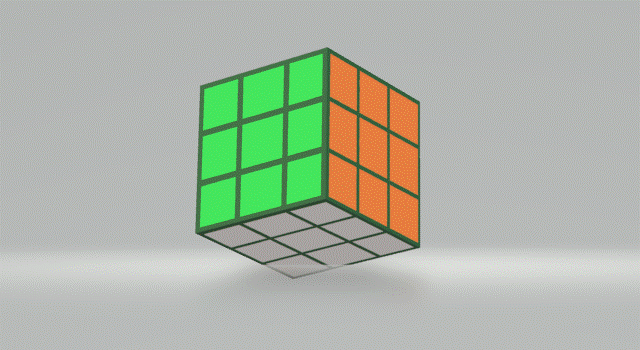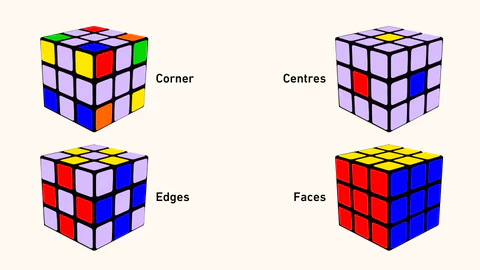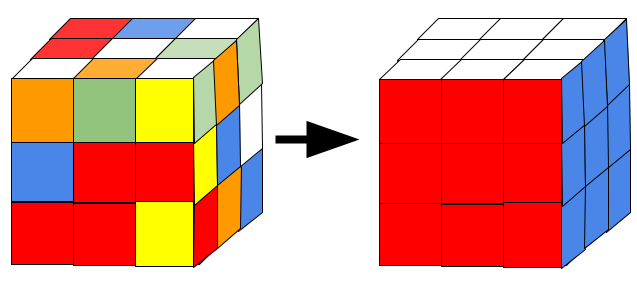Contents
Introduction
The Rubik’s Cube is not just a toy but a worldwide phenomenon that has captured the attention of people of all ages. This iconic puzzle game, invented by Ernő Rubik in 1974, continues to challenge and fascinate individuals around the globe. In today’s society, where problem-solving skills and cognitive development are highly valued, learning how to solve a Rubik’s Cube has become increasingly important.
Historical Background
The Rubik’s Cube originated from the brilliant mind of Ernő Rubik, a Hungarian professor of architecture. In 1974, Rubik created a three-dimensional puzzle that would later become the Rubik’s Cube. Initially, it was not intended for mass production but gained popularity due to its unique concept and captivating nature. By the 1980s, the Rubik’s Cube had become a global sensation and an integral part of popular culture, appearing in movies, TV shows, and even inspiring its own competitions.

Key Concepts and Definitions
To understand how to solve a Rubik’s Cube, it is important to grasp the basic terminology associated with it. Terms such as “face,” “layer,” “algorithm,” and “rotation” are commonly used in the context of solving the Rubik’s Cube. Additionally, there are different types of moves, including “rotation,” which involves turning a face 90 degrees clockwise or counterclockwise, “slice,” which involves rotating a middle layer, and “permutation,” which refers to rearranging pieces within a layer.
Main Discussion Points
Understanding the Cube’s Structure and Notation
The Rubik’s Cube consists of three layers – the top layer, the middle layer, and the bottom layer – each containing nine smaller cubes, or “cubies.” By understanding the structure and notation of the cube, one can effectively describe and execute the necessary moves to solve it. The standard notation used in Rubik’s Cube algorithms refers to specific rotations or turns, denoted by letters representing the corresponding face or layer.
Solving the First Layer
To begin solving the Rubik’s Cube, one must tackle the first layer. This involves solving a cross on the first layer by positioning four edge pieces in their correct positions. This is achieved through a series of rotations and maneuvers that allow for efficient placement of the edge pieces. Additionally, solving the corners of the first layer requires the use of appropriate algorithms to ensure proper orientation and positioning.
Solving the Second Layer
After completing the first layer, the next step is to solve the second layer of the Rubik’s Cube. This involves solving the remaining four edge pieces of the middle layer by matching pairs. By strategically manipulating the cube, these pairs can be aligned and placed in their correct positions. Similar to the first layer, solving the corners of the second layer requires the use of specific algorithms to achieve the desired result.
Solving the Final Layer
The final layer of the Rubik’s Cube presents its own unique challenges. Orienting and permuting the last layer requires a combination of algorithms and approaches. One method involves orienting the corners of the last layer while preserving the orientation of the edge pieces. This is followed by permuting the corners and edges to achieve a fully solved Rubik’s Cube. Various algorithms and techniques have been developed to assist in solving the final layer efficiently.

Case Studies or Examples
For those new to solving a Rubik’s Cube, detailed step-by-step instructions can be invaluable. Whether using the beginner’s method or the more advanced Fridrich method, these instructions provide a clear roadmap to success. Visual aids, images, or diagrams further enhance the understanding of the solving process, making it easier to follow along and master the techniques.
Current Trends or Developments
The world of Rubik’s Cube solving is constantly evolving, with new trends and developments emerging regularly. Speedcubing, the practice of solving the Rubik’s Cube as quickly as possible, has gained significant traction in recent years. Competitive events, where speedcubers showcase their skills, are now held worldwide, bringing the community together. Additionally, new solving methods, algorithms, and records continue to break barriers and push the limits of what is possible with the Rubik’s Cube.
Challenges or Controversies
As with any complex puzzle, beginners often face challenges when attempting to solve a Rubik’s Cube. Common hurdles include difficulties in memorizing algorithms, understanding complex move sequences, and maintaining focus throughout the solving process. Furthermore, controversies and debates surround different solving methods and techniques. Some argue for the efficiency of certain algorithms, while others advocate for alternative approaches. These discussions contribute to ongoing advancements in solving strategies.
Future Outlook
The future of Rubik’s Cube solving holds exciting possibilities. Advancements in technology, such as the integration of artificial intelligence, may revolutionize the way the Rubik’s Cube is solved. AI algorithms could potentially analyze and solve the cube in record time, providing valuable insights into new solving methods. As the Rubik’s Cube continues to captivate and challenge individuals, it is likely that novel advancements will arise.

Conclusion
Learning how to solve a Rubik’s Cube is a rewarding endeavor that offers numerous cognitive benefits. From improving problem-solving skills to enhancing spatial reasoning abilities, the Rubik’s Cube serves as a powerful tool for mental development. By understanding the historical background, key concepts, and various solving methods, individuals can embark on a journey of intellectual growth and fulfillment.
References
For further reading and research on solving a Rubik’s Cube, the following resources are recommended:
– “Cube Games: 92 Puzzles and Solutions” by David Singmaster
– “Speedsolving the Cube: Easy to Follow, Step-by-Step Instructions for Many Popular 3-D Puzzles” by Dan Harris
– Rubik’s official website: www.rubiks.com
– Online communities and forums dedicated to Rubik’s Cube solving, such as the Speedsolving forum.
